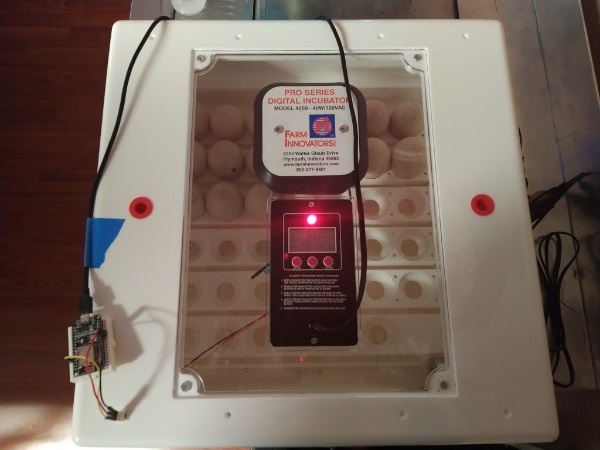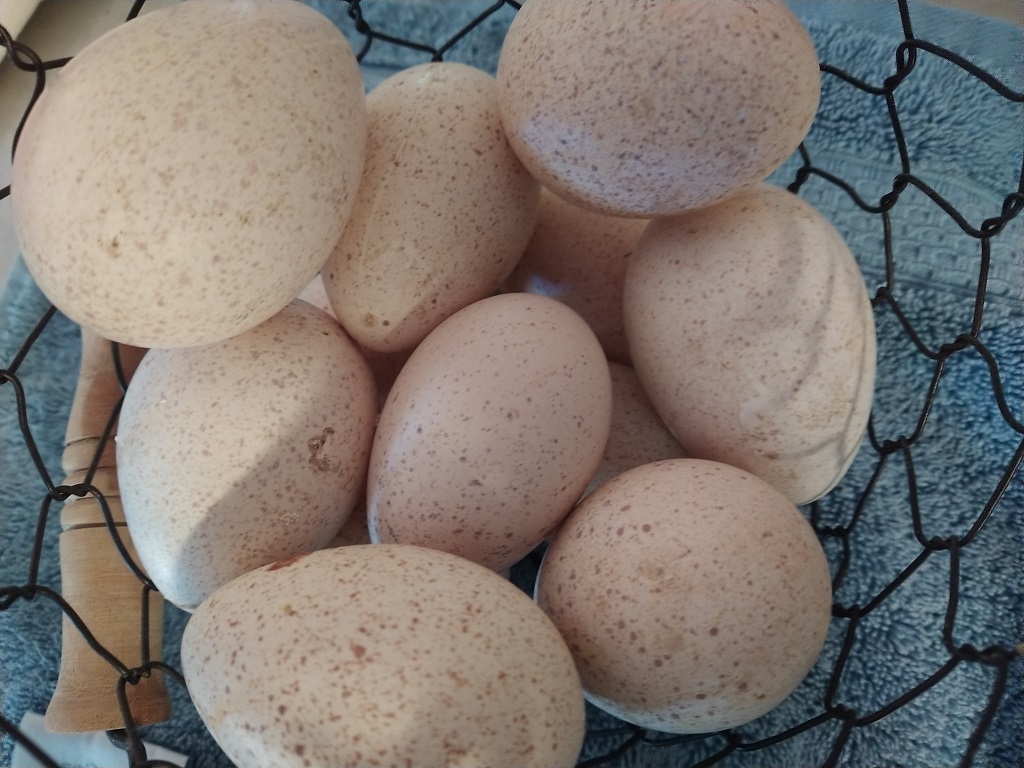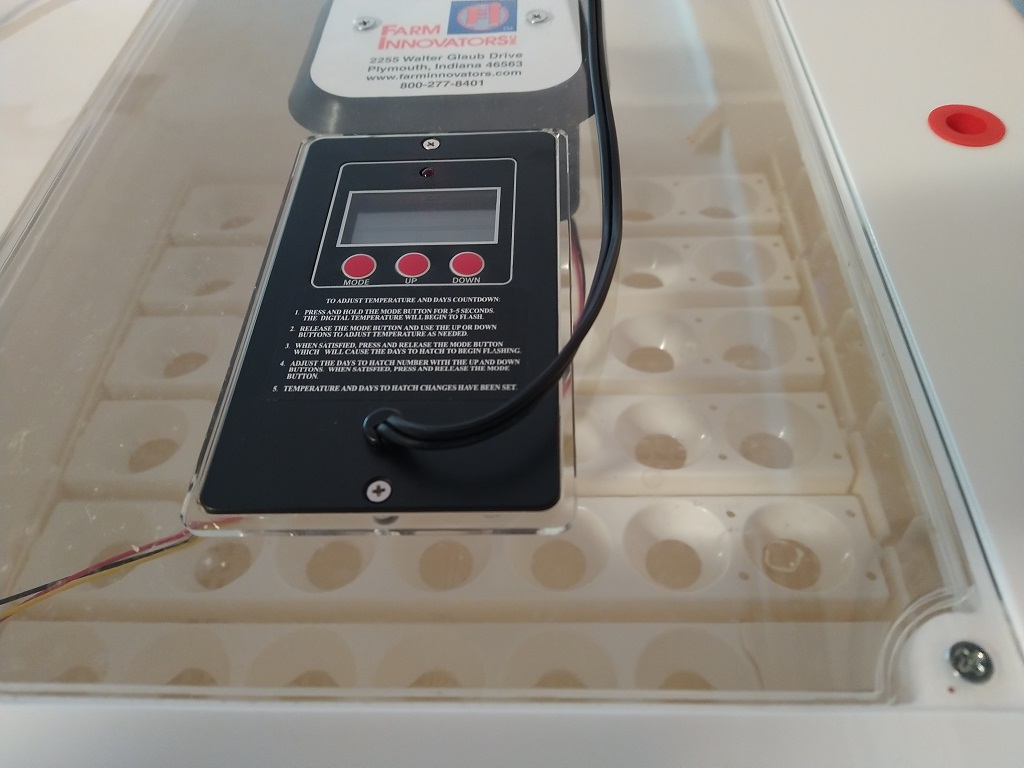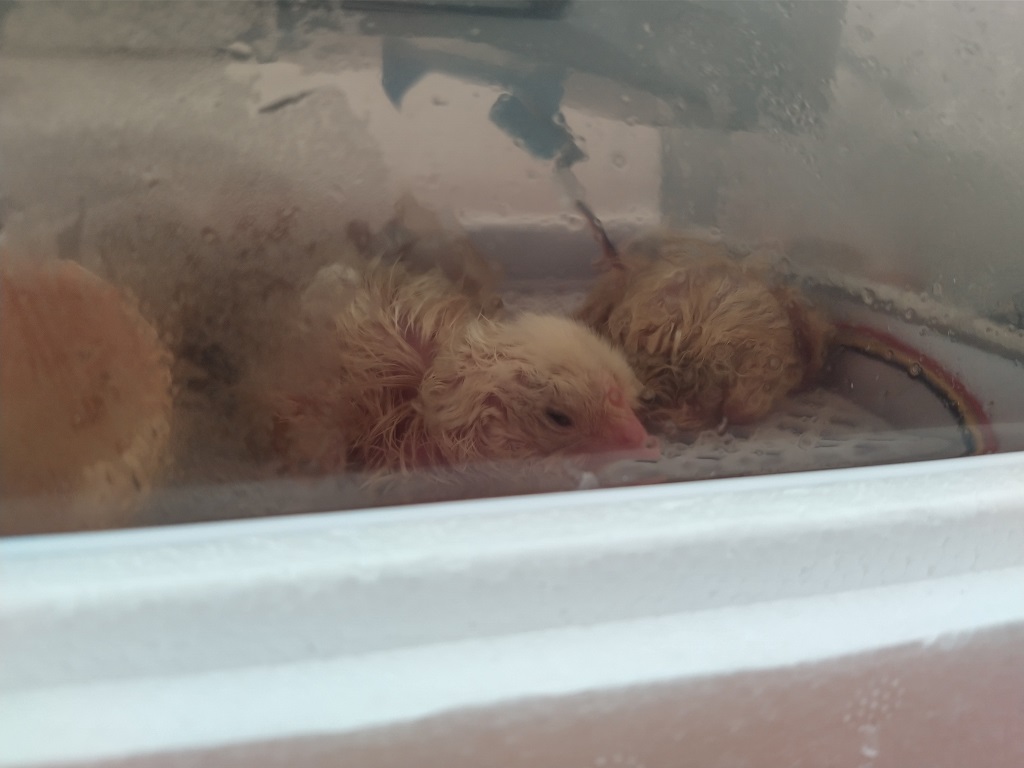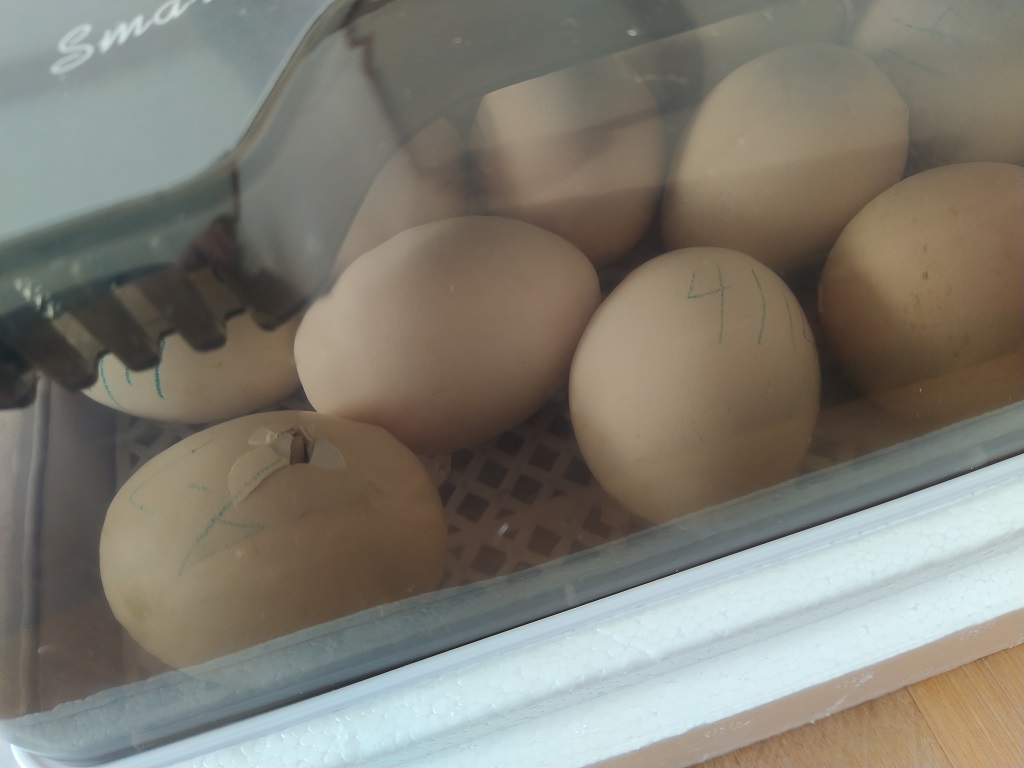We had 12 eggs to get in the incubator, but Anya got six more eggs at lunch and another egg later in the afternoon. So we’ve got 19 eggs in the incubator
Tag: incubation
2023 Hatch – Turkey Hatching
We’re setting up the incubator tonight to get our first dozen turkey eggs going.
I need to leave the incubator sit overnight to get the temperature and humidity regulated. Tomorrow, we’ll be putting the eggs into the incubator.
Notes:
General:
Pointy end down, may need to leave empty space between eggs so they fit
Temperature
Forced-air incubator, so set to 99.5 degrees F (monitoring for temps between 99 and 100 F)
Humidity
First 25 days, relative humidity 50-60%
Final three days, increase humidity to 65-70%
Ducks are starting to hatch!
One duck egg started pipping yesterday (really early!), but didn’t make it out of the egg. A second egg pipped this morning and we had a little duckling in the incubator by the afternoon.
New hatchling count
Started with 19 chicken eggs in the incubator — two didn’t develop and were removed. Three eggs haven’t hatched (three of those have pipped, but haven’t really gotten anywhere since). One little guy is really weak and still in the incubator so the other little ones don’t sit and lay on him. That means we’ve got a thirteen little chickens in the brooder. And, early next week, the ducks should start hatching.
New Hatchlings
And hatching!
The chicken eggs are pipping!
Proto-chickens and Proto-ducks — 8 days later
Scott and Anya candled all of the eggs tonight — of the 41 eggs, there are three that might not be developing. But all of the eggs are still in the incubator because there weren’t any obviously undeveloped eggs. If all of these eggs hatch, we’re going to have an absolute swarm of baby birds!
Proto-chickens and Proto-ducks
Farm Automation
Scott set up one of the ESP32’s that we use as environmental sensors to monitor the incubator. There’s an audible alarm if it gets too warm or cold, but that’s only useful if you’re pretty close to the unit. We had gotten a cheap rectangular incubator from Amazon — it’s got some quirks. The display says C, but if we’ve got eggs in a box that’s 100C? They’d be cooked. The number is F, but the letter “C” follows it … there’s supposed to be a calibration menu option, but there isn’t. Worse, though — the temperature sensor is off by a few degrees. If calibration was an option, that wouldn’t be a big deal … but the only way we’re able to get the device over 97F is by taping the temperature probe up to the top of the unit.
So we’ve got an DHT11 sensor inside of the incubator and the ESP32 sends temperature and humidity readings over MQTT to OpenHAB. There are text and audio alerts if the temperature or humidity aren’t in the “good” window. This means you can be out in the yard or away from home and still know if there’s a problem (since data is stored in a database table, we can even chart out the temperature or humidity across the entire incubation period).
We also bought a larger incubator for the chicken eggs — and there’s a new ESP32 and sensor in the larger incubator.
